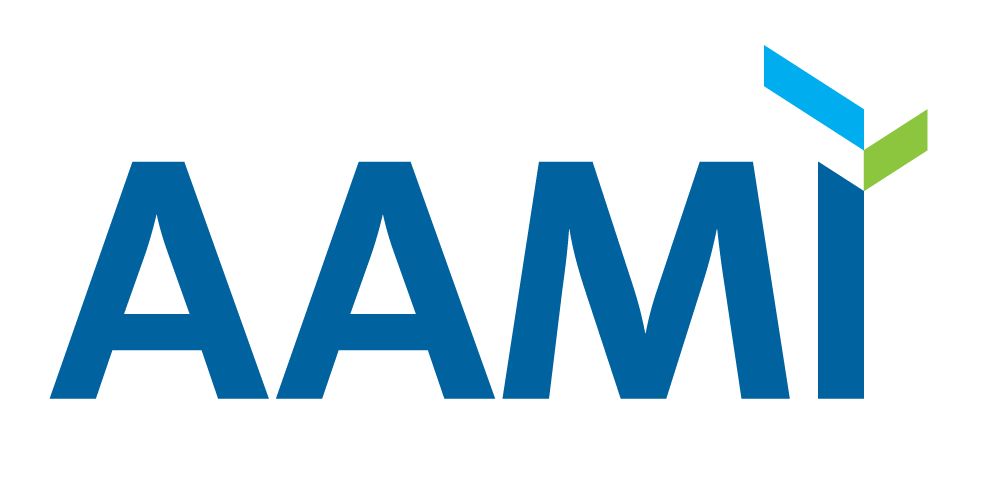Alarm Anthology: Establish a National Coalition
“ The AAMI Foundation’s philosophy of bringing all stakeholders to the table to solve complex healthcare technology challenges yields results that are meaningful and practical, enhancing patient safety.”
—Maria Cvach, DNP, RN, FAAN, director of policy management and integration at The Johns Hopkins Health System, clinical safety specialist at the Armstrong Institute for Patient Safety and Quality, and chair of the AAMI Foundation’s National Coalition for Alarm Management Safety
The Final Four Years: 2014–18: Establishing a National Coalition to Promote Safe Practices
As the focus of the Alarm Management Safety initiative shifted to education, communications, and promotion of evidence-based practices, the AAMI Foundation established the National Coalition for Alarm Management Safety.
The kickoff event for Phase I of the Coalition, held in April 2014, brought together close to 100 healthcare technology experts, regulators, clinical leaders, patient safety advocates, researchers, and leaders in the medical device industry to further advance the cause of improving clinical alarm safety. The coalition’s goals for 2014–16 were to:
- Enable pioneering hospitals to share their alarm management strategies, resources, and advice, and amplify their impact;
- Advance patient safety for the nation; and
- Help move the country toward some standardization around alarms.
This National Coalition agreed on four tangible deliverables:
- A compendium of recommendations that synthesized the AAMI Foundation’s Safety Innovation white papers and patient safety seminars
- A list of recommended enhancements for the medical device industry to build into future software and product versions
- A compilation of aggregated alarm parameter data from participating hospitals
- Educational tools to teach clinicians about alarm settings and how to customize these settings for each patient
After completing Phase I of the Coalition work, participants believed there was still much work to accomplish. Therefore, Phase II of the Coalition began in July 2016. Participants agreed to expand their focus for 2016–18:
- Add ventilator alarms to the scope of work. Develop basic guidelines to help clinicians better understand the parameters and defaults for physiological monitors and ventilators—and why, when, and how to customize default parameters for particular patients.
- Create guidelines, tools, seminars, papers, and other resources to help hospitals develop alarm defaults for particular patient profiles. Develop rules/algorithms for improving alarm notification from a primary device or through middleware to reduce clinician alarm fatigue.
- Help hospitals implement American College of Cardiology and American Heart Association guidelines to prevent unnecessary telemetry monitoring.
- Address alarm sounds to be used in future iterations of the international design standard IEC 60601-1-8 (Medical electrical equipment – Part 1-8: General requirements for basic safety and essential performance – Collateral standard: General requirements, tests and guidance for alarm systems in medical electrical equipment and medical electrical systems).
Throughout the four years and two phases of the Coalition, the Foundation employed a multimedia strategy to share illuminating practices with healthcare professionals at every level, from frontline clinicians to managers to C-suite senior leaders:
- Patient safety seminars (webinars) for targeted professional learning and continuing education, with the opportunity to earn continuing education credits
- Publications, including a Safety Innovations series and practical tools, as well as articles in AAMI’s peer-reviewed BI&T (Biomedical Instrumentation & Technology) and Horizons journals
- Outreach events for key opinion leaders in well-recognized markets
- Web directories for self-guided learning
The Foundation disseminated coalition proceedings freely and publicly to the nation to ensure all hospitals had access to this critical information around clinical alarm safety.
The National Coalition helped us engage the entire healthcare community in multidisciplinary safety initiatives that would strengthen the development, management, and use of clinical alarm systems for improved patient outcomes.
